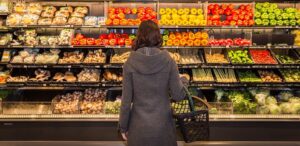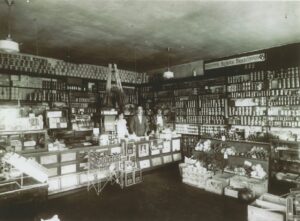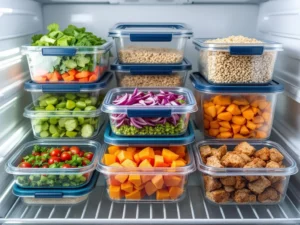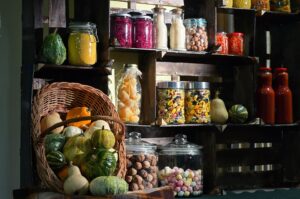
38. BREAKFAST AT PROTEINS
In a 2008 study, researchers at Virginia Commonwealth University found that people who regularly ate a protein-rich, 610-calorie breakfast lost significantly more weight in 8 months than those who consumed only 290 calories and a quarter of the protein.
The big-breakfast eaters lost an average of 40 pounds and had an easier time sticking to their diets, even though both groups were prescribed the same number of daily calories.
39. MAKE IT A STEAK
If you want to take a longer break between eating meals then your best bet is to eat protein-rich meats. A British study found that high-protein foods trigger the release of a hormone that suppresses hunger.
40. TAKE A WALK ON THE WILD SIDE
Meats like ostrich, bison, venison, and elk typically contain as much protein and iron as beef or pork but have less fat and fewer calories.
So say researchers at the University of Wisconsin who suggest that people who want to cut down on calories, saturated fat, and cholesterol suggest dining on game.
41. ATE PERCENT
When Tufts University researchers looked at 10 frozen supermarket meals, they found that the calorie counts reported by the food companies averaged 8 percent less than the researchers’ nutritional analyses.
Packagers want to look as nutritionally appealing as possible, however, they can be less than forthcoming with the actual calorie count so we suggest adding 8 percent just to make sure you know what your calorie intake is.
42. BUY NOW EAT NOW
Especially true of fruits, vegetables, and juices, one study found that green beans and spinach lose as much as 75 percent of their vitamin C after being stored in the fridge for a week.
And at Arizona State University, an analysis found that ready-to-drink orange juice has significantly lower amounts of vitamin C than frozen juice and that it loses almost all of its vitamin C within 4 weeks of opening the package.
43. DIY DINNERS
Why choose between prepackaged meals when you can pick out everything you want to eat and have it all be ready at the same time? Maybe you like sweet peas, chicken cordon bleu, and garlic bread.
If there’s no complete dinner that meets your criteria, just buy all the ingredients separately and heat them up all at once. Buying a bunch of frozen ingredients will keep your palate entertained, and save you money in the long haul.
44. FREEZE THE BURN
When meat is exposed to air, even in the freezer, it allows the water molecules to sneak out of the steak. So when scientists found the intact bodies of woolly mammoths frozen in the Siberian ice, they were astounded to discover that the flesh was still edible with no freezer burn here, so why?
It turns out the mammoth meat was completely enclosed and protected from the air. With that in mind, in order to keep your steaks tasty, remove the fresh meat from its package, wrap it tightly in plastic wrap, and then slip it into a freezer bag, squeezing out as much air as possible.
45. SKIP THE SODIUM
Sodium is a good preservative, so it should come as no surprise the freezer is the saltiest section in the supermarket. Read labels carefully to make sure you’re not getting more salt than you would with fresh foods.
And be sure to factor in the suspicious serving sizes used by frozen food manufacturers to make their products look healthier than they are.
46. STOCK UP TO SAVE UP
Our final tip might seem a little contradictory but did you know it takes more energy to keep air-chilled than it does to keep solid food chilled. So the more you pack in your freezer, the cheaper it is to keep it running.



























































